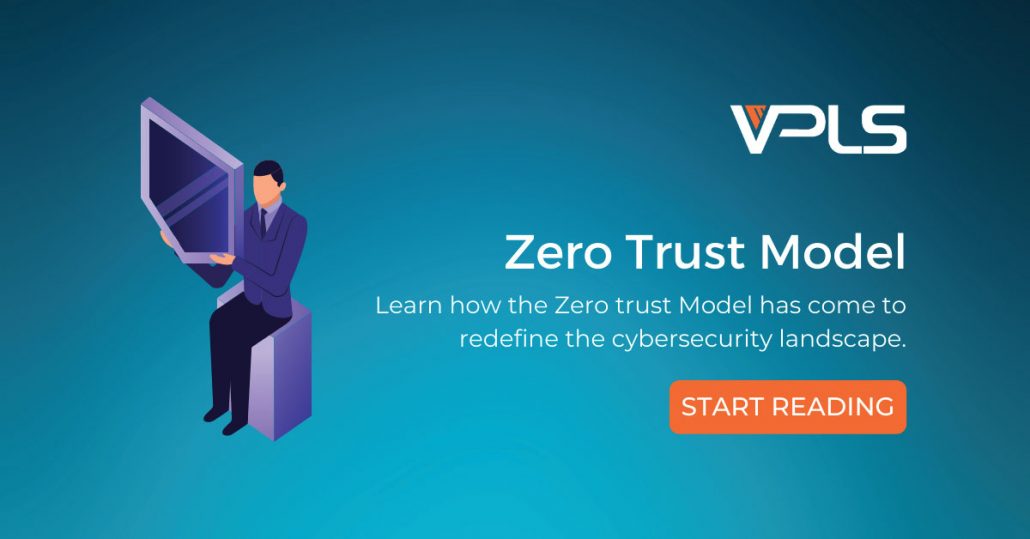VPLS Now Authorized to Participate in HPE’s NASPO Indirect Fulfillment Program
VPLS Now Authorized to Participate in HPE’s NASPO Indirect Fulfillment Program
VPLS is part of the Server/Storage contract for California
Today, VPLS announces that we are now authorized to participate in HPE’s National Association of State Procurement Officials (NASPO) Indirect Fulfillment Partner Program under HPE’s NASPO ValuePoint Server/Storage MNNVP-134 agreement for California. VPLS secured the same designation for the State of Hawaii in 2019. The NASPO ValuePoint contract allows public entities to purchase HPE’s industry-leading storage and server solutions from VPLS via a pre-negotiated cooperative contract.
Our team is excited to be one of a few select partners to be listed as an Indirect Reseller for HPE’s NASPO contract for California. VPLS has been a dedicated partner to government agencies for many years, and this new designation allows us to continue offering state, local, and educational organizations with the excellent service and solutions they need to achieve their IT objectives.
John Minnix, VP of Sales & Marketing at VPLS
As an HPE Partner for over eight years, VPLS has both the technical and industry expertise required to address the various IT needs of government agencies and school districts. Recently, we completed a network refresh for the City of Beaumont, the third fastest-growing city in California. In addition to its strong partnership with HPE, VPLS is also on the HPE NASPO contract for Aruba Wireless, as well as the NASPO contracts for RUCKUS, Extreme Networks, Cisco Systems, and other industry-leading technology partners. Learn more about the solutions we offer government agencies.
Read More from this Author








